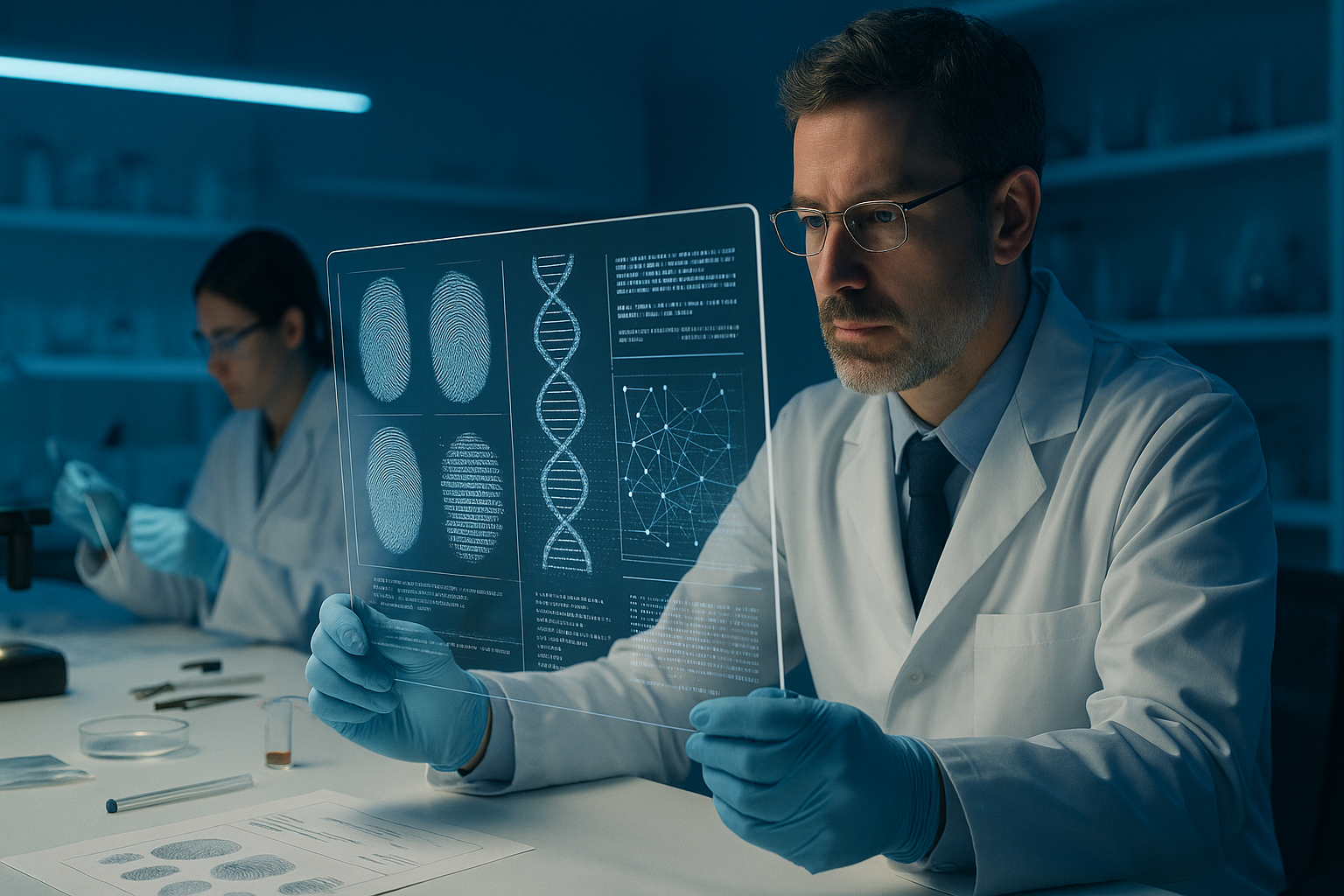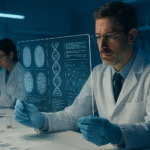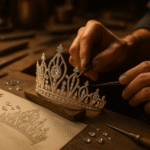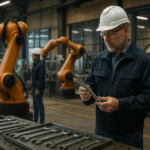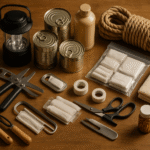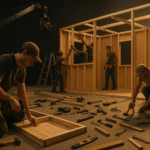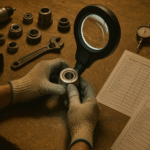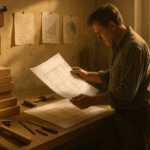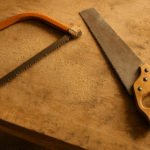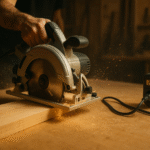When an investigation begins, time and accuracy become the most valuable tools in the room. For decades, investigators relied on careful observation, note-taking, and long laboratory waits. But the modern era has transformed that process entirely. From crime scenes to digital evidence rooms, a new generation of forensic tools — powered by data, sensors, and artificial intelligence — is rewriting how truth is uncovered.
It starts where the evidence is found. Modern crime scene kits now include portable spectrometers, laser scanners, and digital imaging tools capable of recording microscopic details that the human eye could miss. These devices capture surface patterns, fingerprints, and residue traces with extraordinary accuracy, allowing specialists to recreate entire environments in 3D before anything is touched or moved. Much like the precision tools used in workshops, every action depends on calibration and control — principles that echo the careful handling discussed in How to Maintain and Sharpen Your Power Drill Bits Like a Pro, where accuracy begins long before use.
At the heart of this evolution is AI-assisted analysis. Algorithms trained to detect anomalies can now scan terabytes of digital evidence or analyze complex chemical compositions within minutes. In forensic labs, machine learning models sort through DNA sequences, match ballistic trajectories, and even reconstruct fragmented data from damaged hard drives. These systems use the same foundational logic that drives automation in manufacturing — learning from repetition, identifying patterns, and optimizing outcomes. The idea is similar to what’s explored in How Smart Tools and IoT Are Transforming the Future of DIY: machines enhancing human capability, not replacing it.
Tools like Raman spectrometers and FTIR analyzers have become staples of modern labs. These instruments can identify unknown substances — from paint chips to explosives — by analyzing their molecular fingerprints. Meanwhile, portable DNA analyzers allow on-site genetic testing, reducing the delay between evidence collection and confirmation. Just as craftsmen use precision instruments to ensure consistency, forensic scientists rely on these devices to guarantee integrity. The philosophy is the same: precision builds trust.
3D printing has quietly entered this world as well. Investigators now reconstruct broken objects, weapons, or bone fragments using additive manufacturing techniques, giving them tangible models for courtroom demonstrations. This kind of hands-on recreation mirrors the process of prototyping in metal or woodwork — transforming digital blueprints into physical truth. Articles like The Craft Behind the Crown: How Designers and Metalworkers Create Miss USA Tiaras show how artistry and technical skill intersect, and in many ways, forensic reconstruction draws from the same craftsmanship mindset: patience, detail, and respect for material reality.
Beyond physical evidence, digital forensics has become a crucial frontier. Investigators now use data extraction tools to recover deleted files, decrypt communication logs, and trace digital footprints across devices. These systems require the same precision and maintenance as any complex machinery — updates, calibration, and fine-tuning. In principle, keeping software and diagnostic tools optimized follows the same habits applied to workshop upkeep, as covered in Top 10 Must-Have Tools for Every Modern Workshop in 2025.
While the technology continues to evolve, one principle remains unchanged: the reliability of every result depends on the person using the tool. Forensic analysts train for years to understand both the strengths and the limits of their instruments. The accuracy of a result isn’t just about sensors or algorithms — it’s about skill, awareness, and human judgment. It’s the same foundation that defines every craft, whether it’s sculpting metal, shaping wood, or reconstructing evidence: tools can enhance precision, but mastery still comes from the maker.
In the end, modern forensics is less about mystery and more about method. It’s a discipline of detail — one that blends science, engineering, and craftsmanship to illuminate what would otherwise remain unseen. Every case solved with these tools is a reminder that progress doesn’t erase human skill; it refines it. The tools have changed, but the art of uncovering truth remains one of the most precise crafts of all.
